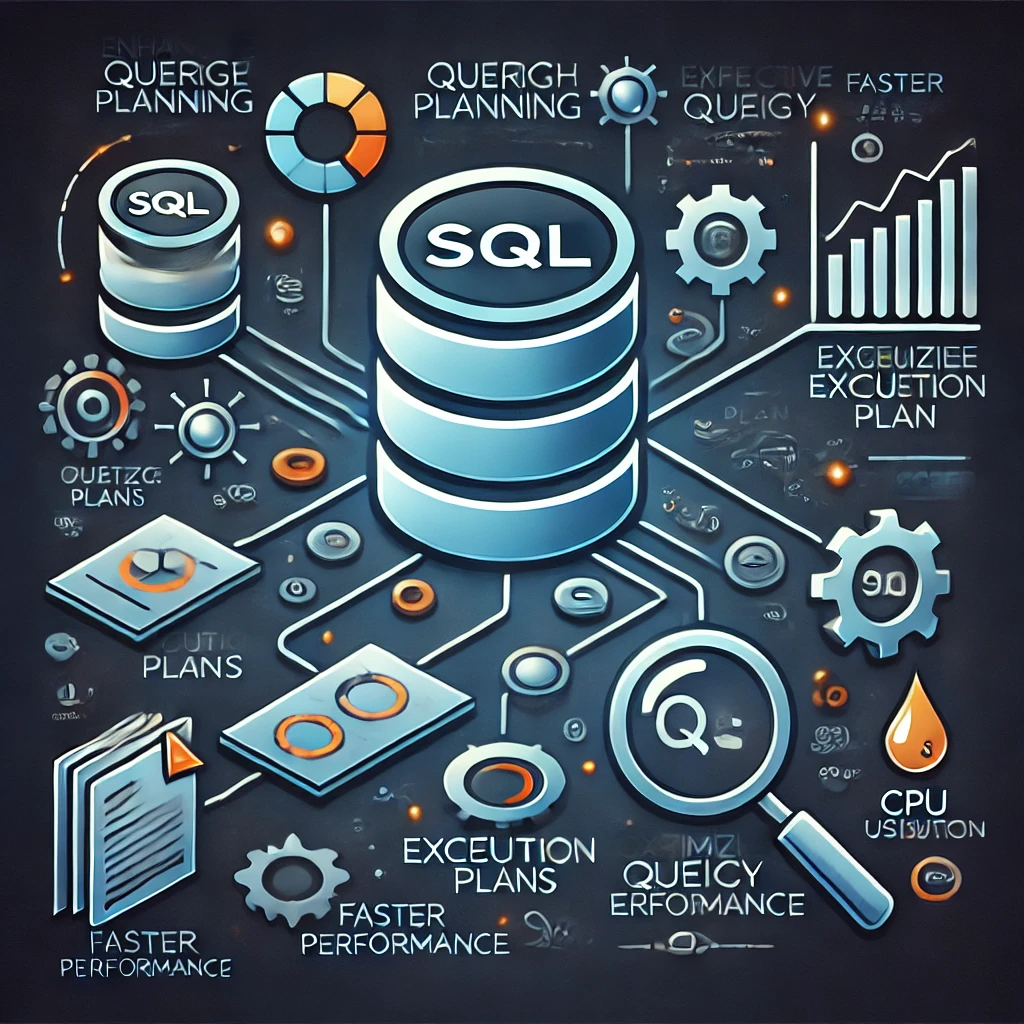Container Security with Docker: A Practical Approach
 Derek Walsh in containers119 days ago
Derek Walsh in containers119 days ago
In the dynamic world of modern software development, containers have revolutionized the way we build, deploy, and manage applications. Docker, the leading containerization platform, offers incredible flexibility and efficiency. But with this power comes the responsibility to secure your containerized applications.
This guide will equip you with the practical knowledge and techniques to implement robust container security using Docker, ensuring the integrity and safety of your applications.
Understanding the Need for Container Security
Containers provide a lightweight and isolated environment for applications, but they inherit the security posture of the host system. This means vulnerabilities in the underlying operating system, Docker daemon, or even your application itself can be exploited by attackers.
Key Pillars of Docker Security
1. Image Security:
- Use Official Images: Leverage official, trusted Docker images from reputable sources like Docker Hub or your organization's private repositories.
- Scan for Vulnerabilities: Regularly scan your images for known vulnerabilities using tools like Docker Bench for Security or Snyk.
- Minimize Image Size: A smaller image size reduces the attack surface by minimizing the components included.
- Multi-Stage Builds: Use multi-stage builds to create leaner, more secure images by separating build dependencies from the final runtime environment.
2. Container Runtime Security:
- Limit Privileges: Run containers with the least privileges necessary. Use the
--userflag to specify a non-root user for improved security. - Namespace Isolation: Utilize Docker's built-in namespaces to isolate containers from each other and the host system, preventing unauthorized access.
- Resource Control: Implement resource limits to restrict container resource consumption, minimizing potential resource exhaustion attacks.
- Use Security Profiles: Leverage Docker's Security Profiles to define security policies for containers, such as network access control.
3. Network Security:
- Network Segmentation: Isolate containers into different networks based on their purpose, preventing lateral movement of attacks.
- Firewall Rules: Implement firewall rules at the container level to control incoming and outgoing traffic.
- Secure Ports: Use dedicated ports for container communication and minimize exposure of unnecessary ports.
4. Monitoring and Logging:
- Real-time Monitoring: Continuously monitor container activity for suspicious behavior using Docker's built-in monitoring tools.
- Centralized Logging: Collect logs from containers and analyze them for security events and potential attacks.
- Security Auditing: Implement regular security audits to identify potential vulnerabilities and misconfigurations.
5. Best Practices:
- Use a Secure Base Image: Choose a base image that is regularly maintained and patched for vulnerabilities.
- Regularly Update Images: Keep your container images up-to-date with the latest security patches and updates.
- Implement Secure Development Practices: Follow secure coding practices during application development to minimize vulnerabilities in your code.
- Use Security Tools: Leverage dedicated security tools for container scanning, vulnerability analysis, and runtime monitoring.
Conclusion:
Container security is an essential aspect of modern software development. By following the principles and best practices outlined in this guide, you can significantly enhance the security of your Dockerized applications, ensuring the confidentiality, integrity, and availability of your data and services. Remember that security is an ongoing process. Stay vigilant, regularly audit your container environments, and keep yourself informed about emerging security threats and solutions.



